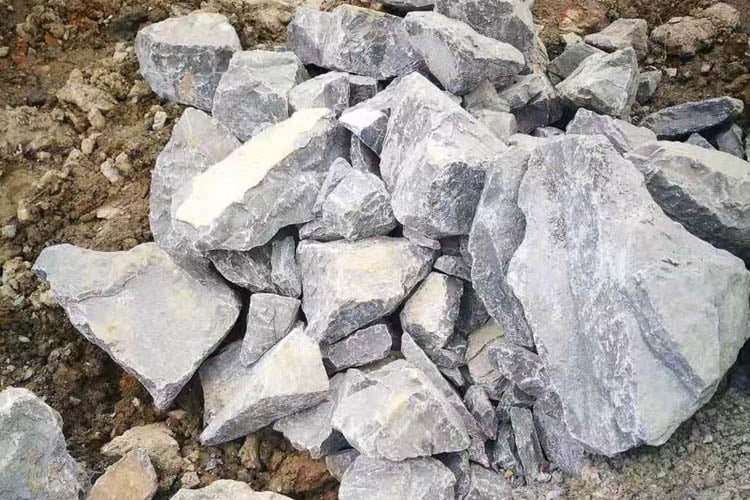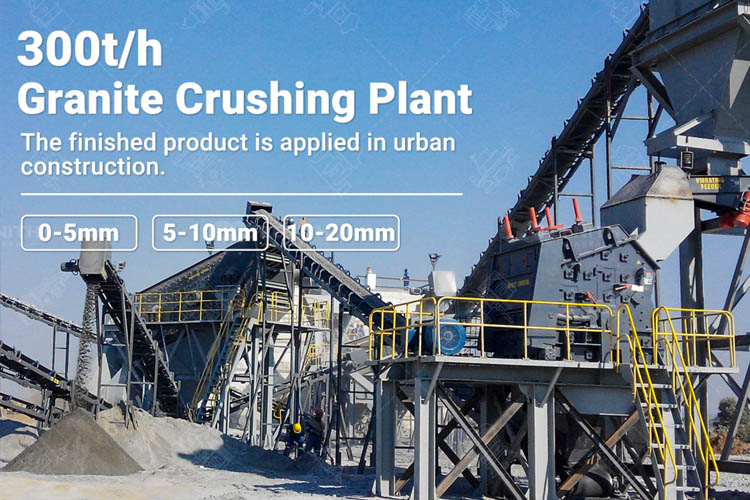How Is Granite Formed and Why Do We Use It?
Granite is one of the most popular and enduring natural stones used worldwide, prized for its strength, beauty, and versatility. Over millions of years, granite has been formed deep within the Earth’s crust, creating a rock with unique characteristics that suit it perfectly for applications ranging from monumental architecture to everyday kitchen countertops.
This article explores granite’s geological origins, its characteristics, how it is processed and cut, its various applications, and a comparative overview of granite versus quartz in terms of cost and utility.
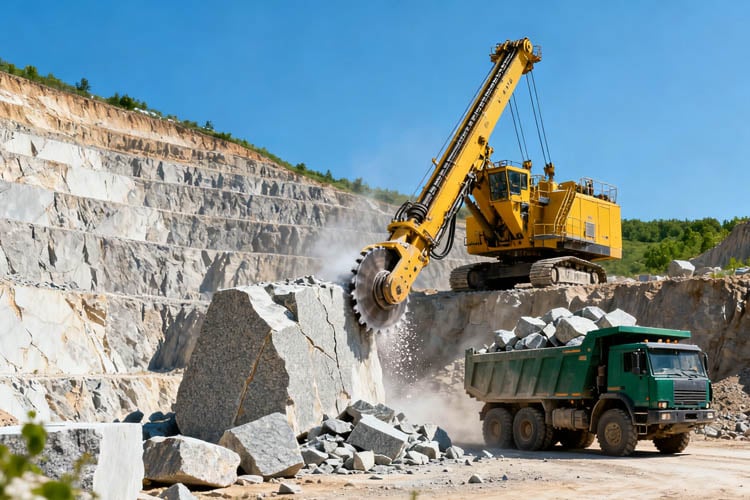
What Type of Rock Is Granite?
Granite is a igneous rock, more specifically classified as a coarse-grained intrusive igneous rock. This classification categorizes it as one that crystallizes slowly beneath the Earth's surface from molten magma, allowing large mineral crystals to form.
Mineral Composition
Granite primarily consists of quartz, feldspar (both orthoclase and plagioclase), and mica (biotite or muscovite). Quartz contributes to granite’s hardness and resistance to weathering, feldspar adds to the rock’s coloration and texture, and mica provides reflective qualities.
- Quartz: Constituting about 20-60% of granite, quartz is a hard, crystalline mineral composing silicon dioxide (SiO₂). It contributes significantly to granite's hardness and resistance to weathering.
- Feldspars: These make up approximately 10-65% of granite. Feldspars can be divided into two main types:
- Orthoclase (potassium feldspar) – often pink or red in color.
- Plagioclase feldspar – usually white or grey.
- Mica: This includes biotite (black mica) and muscovite (white mica), which add to granite's sparkling appearance due to their flaky crystal structure.
- Other Minerals: Occasionally, granite contains amphiboles or minor accessory minerals such as zircon and magnetite.
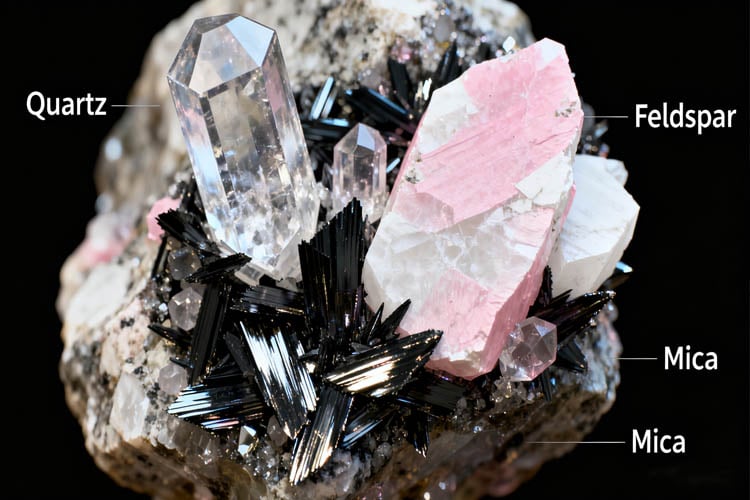
Physical and Chemical Properties
- Texture: Granite features a phaneritic texture, meaning its mineral grains are large enough (typically over 1 mm) to be visible to the naked eye.
- Hardness: On the Mohs scale, granite typically ranges from 6 to 7, making it very hard and durable.
- Density: Granite has an average density of 2.65 to 2.75 g/cm³.
- Color Variations: Colors can range from pink, grey, white, red, or even black, depending largely on its feldspar content.
Granite’s durability and strength come from its unique mineral composition and crystalline texture. This makes granite resistant to abrasion, weathering, and chemical attack, which explains its long-lasting use in construction and decorative arts.
How Is Granite Formed?
Granite's origin story stretches back hundreds of millions to billions of years, involving complex geological processes beneath the Earth’s surface.
The Formation Process
Granite forms intrusively — that is, from magma that cools and solidifies deep underground, rather than erupting as lava on the surface like volcanic or extrusive igneous rocks.
Step-by-step formation:
- 1. Magma Generation: Within the Earth’s crust or upper mantle, intense heat from radioactive decay and tectonic activity melts rock to form magma.
- 2. Magma Intrusion: The magma, composed mainly of silicate minerals, slowly rises and intrudes into surrounding rock layers but does not reach the surface.
- 3. Slow Cooling: Because the magma is insulated by the surrounding rock, cooling occurs very slowly — over thousands to millions of years. This slow cooling allows large crystals of quartz, feldspar, and mica to grow and interlock.
- 4. Crystallization: As temperature drops, minerals crystallize in a definite sequence: first, heavier and high-temperature minerals such as biotite and amphiboles form, followed by feldspars and quartz.
- 5. Exposure: Subsequent erosion and uplift expose the granite at the Earth’s surface, often forming mountain cores or continental crust.

Geological Environments of Granite Formation
Granite is commonly associated with continental collision zones and subduction zones, where tectonic plates converge, leading to thickening of the crust and magma formation. Granite batholiths — vast underground bodies of granite — form in such areas.
Examples of famous granite formations include:
- The Sierra Nevada Batholith in California.
- The Scottish Highlands granites.
- The Shandong Provinces granitic formations in China.
How to Cut Granite?
Granite’s incredible hardness poses special challenges when it comes to cutting and shaping it for practical use. Cutting granite requires specialized tools and careful techniques to maintain precision and prevent cracking.
Basic Considerations in Cutting Granite
- Granite is hard and brittle, so cutting tools must be extremely durable.
- The choice of cutting method depends on the size, shape, and purpose of the slab or block.
- Precision is necessary to avoid microfractures, chips, or breakage during the cutting process.
Tools and Techniques for Cutting Granite
1. Diamond Blade Saws
The most common tool used to cut granite is a diamond-tipped blade saw.
- Description: These blades have industrial-grade diamonds embedded in the edge, capable of grinding through the dense mineral matrix.
- Application: Used in both gang saws (cuts multiple slabs simultaneously) and bridge saws (used for detailed cuts and shaping).
- Cooling: Water cooling is essential to reduce heat, minimize abrasiveness on the blade, and avoid thermal cracking of granite.
2. Wire Sawing
Wire saws use a steel cable embedded with diamond beads.
- Advantages: Produces smooth, precise cuts in large blocks; reduces waste.
- Uses: Common in quarries for extracting large granite blocks from the earth.
3. Water Jet Cutting
A newer, technologically advanced option, water jet cutting uses high-pressure water mixed with abrasive materials.
- Benefits: No heat generation means no thermal stress on the stone; can create complex shapes.
- Limitations: Higher operational cost compared to diamond saws.
4. CNC Machining
Computer Numerical Control (CNC) machines equipped with diamond-tipped tooling allow for complex shaping, edge profiling, and polishing with automated precision.
What Is Granite Used For?
Due to its durability, beauty, and versatility, granite has many applications in construction, decoration, and industry.
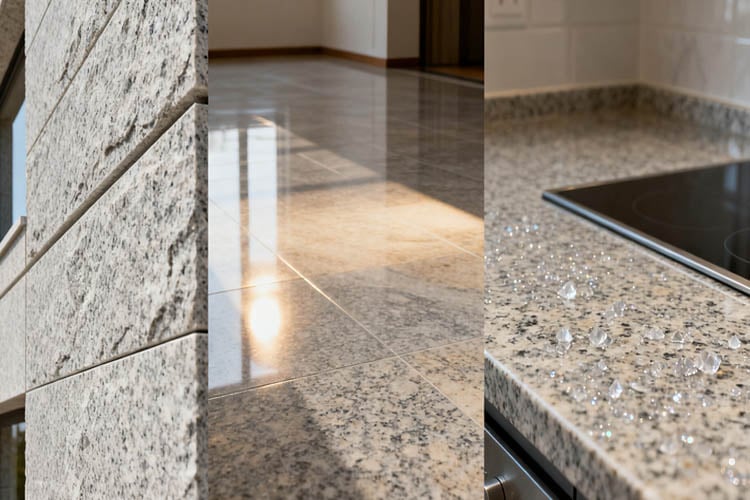
Architectural and Structural Uses
- Flooring and Paving: Granite tiles and slabs are used for both exterior and interior flooring due to their wear resistance.
- Countertops: Granite countertops in kitchens and bathrooms remain popular for their aesthetic appeal, heat resistance, and longevity.
- Building Facades and Monuments: Granite cladding and monumental use capitalize on granite's weather resistance and visual grandeur.
- Structural blocks: Granite is sometimes used as dimension stone in bridges, retaining walls, and foundations.
Decorative and Artistic Uses
- Sculpture: Granite's durability makes it apt for statues and outdoor art installations.
- Tiles and Trim: Polished granite tiles are frequently used as decorative trims in flooring, walls, and fountains.
Industrial Applications
- Aggregate: Crushed granite is often used as construction aggregate in road bases and concrete production.
- Engineering: Granite surfaces are employed as precision platforms and bases in industrial machinery due to their hardness and stability.
Is Quartz Cheaper Than Granite?
The stone countertop market often compares natural granite with engineered quartz, and cost is a key consideration for consumers.
Understanding Quartz vs. Granite
- Granite: A natural stone quarried in slabs, variable in color and veining.
- Quartz: Usually refers to engineered stone, made from crushed quartz particles mixed with resin binders, then molded into slabs.
Price Comparison
- Granite Cost: Prices can range from $40 to $200 per square foot, depending on the quality, rarity, and origin.
- Quartz Cost: Generally falls within a similar price range, sometimes slightly cheaper or more expensive depending on brand and style.
Factors Affecting Cost
- Granite: Cost depends on quarry location, slab thickness, rarity of color or pattern, and fabrication.
- Quartz: Cost is affected by manufacturing complexity and added resins or pigments.
Durability and Maintenance Differences
- Granite: Highly heat and scratch resistant but requires periodic sealing to prevent staining. Natural variations in slabs mean some spots might be more porous.
- Quartz: Non-porous and low maintenance, does not require sealing. However, it has lower heat resistance and can discolor with prolonged heat exposure.
Summary: Quartz is not always strictly cheaper than granite; costs vary widely. Consumers often choose based on aesthetic preference, maintenance willingness, and budget.
Granite remains a cornerstone of natural stone materials due to its unique origin, properties, and versatility. Understanding its formation, composition, and applications helps in appreciating why granite continues to be a favored material in various industries. When compared to quartz, granite offers natural beauty with certain maintenance needs, while quartz provides uniformity and ease of care. Both materials have their place depending on budget, preferences, and usage scenarios.




